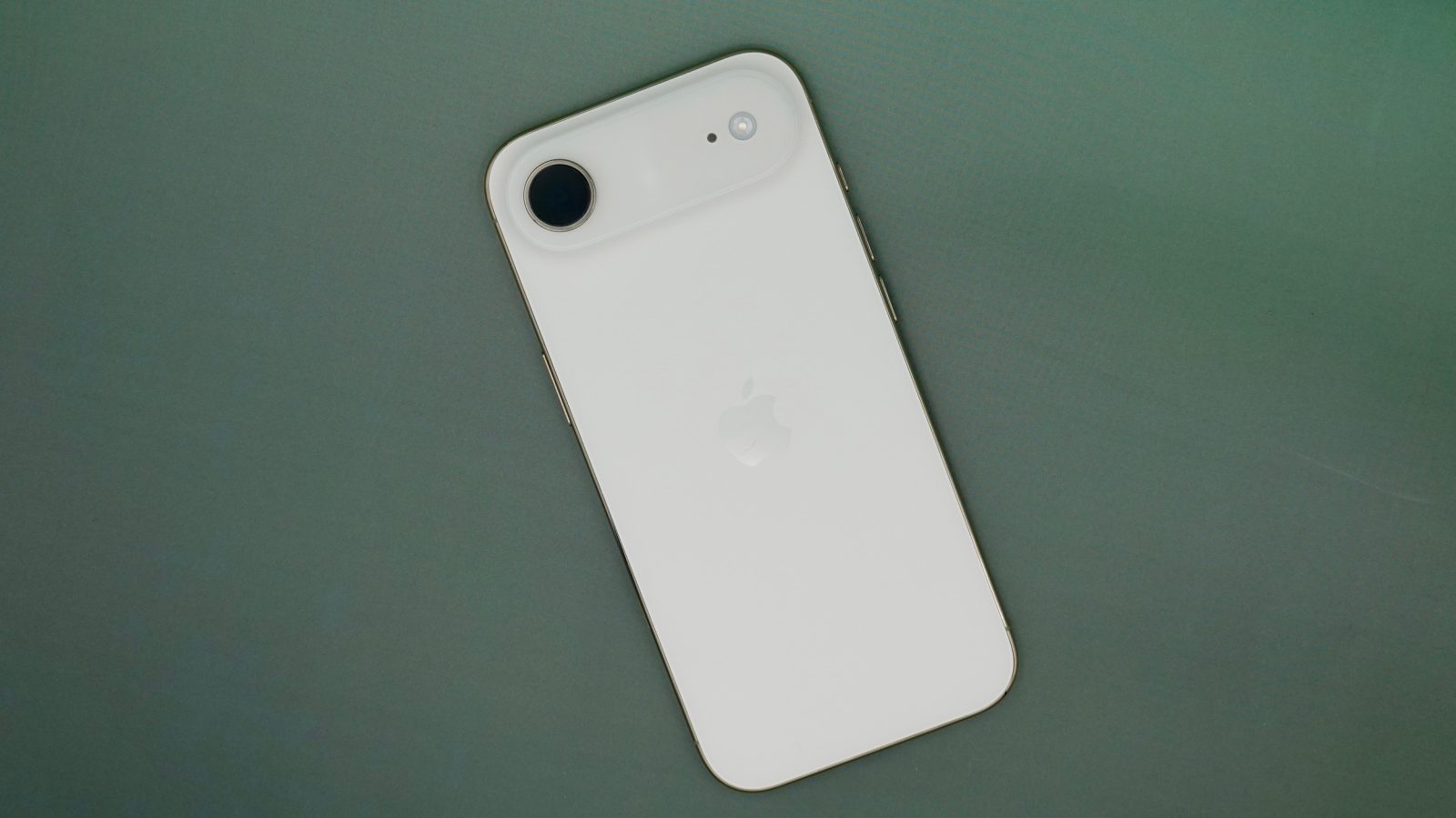Apple’s introduction of the iPhone Air marked a significant departure from its traditional design philosophy, offering consumers an ultra-thin, lightweight device that has captivated many. As a long-time user of Apple’s Pro models, the iPhone Air’s sleek profile and innovative engineering compelled me to make the switch. The experience has been overwhelmingly positive, yet recent developments in the tech industry have raised concerns about the device’s longevity in the market.
Embracing the iPhone Air
The allure of the iPhone Air lies in its minimalist design and portability. After years of incremental design changes, the Air’s ultra-thin form factor felt like a breath of fresh air. Despite initial apprehensions about potential compromises in battery life and durability, the device has consistently exceeded expectations. Its battery performance rivals that of previous Pro models, and its build quality withstands daily wear and tear admirably. The transition from a multi-camera system to a single-lens setup has been surprisingly smooth, with the Air’s camera delivering impressive results for everyday photography.
Market Performance and Industry Trends
Despite its merits, the iPhone Air’s market performance has become a point of concern. While Apple has not disclosed specific sales figures, industry analysts suggest that the Air’s demand may not be as robust as anticipated. This speculation gains weight when considering the fate of similar products in the market.
Samsung’s recent decision to discontinue its Galaxy Edge series—a direct competitor to the iPhone Air—serves as a cautionary tale. The Galaxy S25 Edge, despite its innovative design, failed to meet sales expectations, leading to the termination of the Edge line. This development raises questions about consumer appetite for ultra-thin smartphones and whether the market is ready to embrace such designs on a large scale.
The Future of Ultra-Thin Smartphones
The challenges faced by Samsung’s Edge series and the rumored underperformance of the iPhone Air suggest that ultra-thin smartphones may occupy a niche market segment. Consumers often prioritize features such as battery life, camera capabilities, and durability over design aesthetics. While the iPhone Air excels in design, it may not align with the broader market’s preferences.
Apple’s history includes instances where innovative products, like the iPhone Mini, faced discontinuation due to limited consumer demand. The iPhone Air could potentially follow a similar trajectory if sales do not meet expectations. However, it’s also possible that Apple views the Air as a stepping stone toward future design innovations, using it to gauge consumer interest and refine its approach to ultra-thin devices.
Conclusion
The iPhone Air stands as a testament to Apple’s commitment to pushing the boundaries of smartphone design. For users who value aesthetics and portability, it offers a compelling alternative to bulkier models. However, the device’s future remains uncertain in a market that may not yet be ready to fully embrace ultra-thin smartphones. As a satisfied user, I hope that Apple continues to support and develop the Air, but I remain cognizant of the market forces that will ultimately determine its fate.


